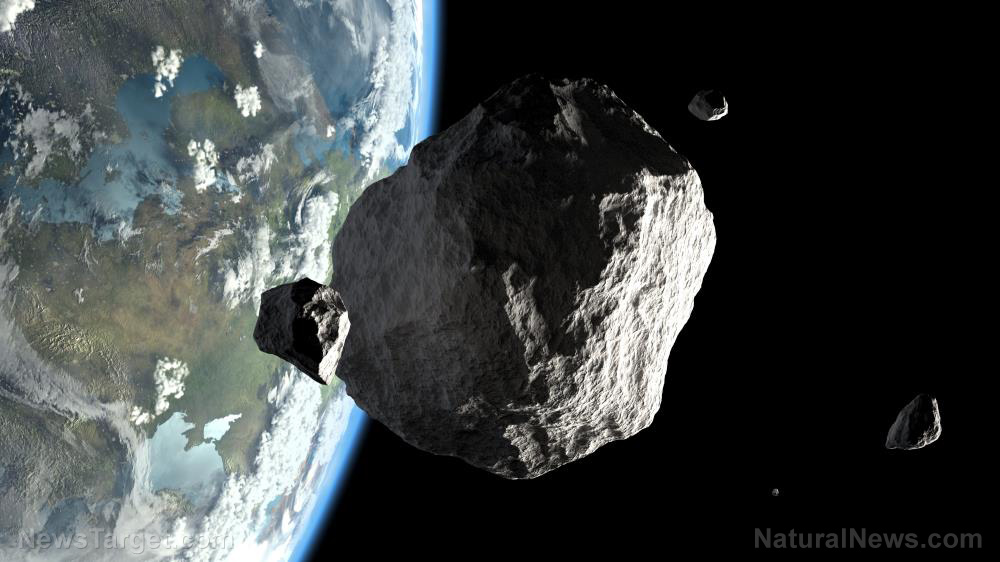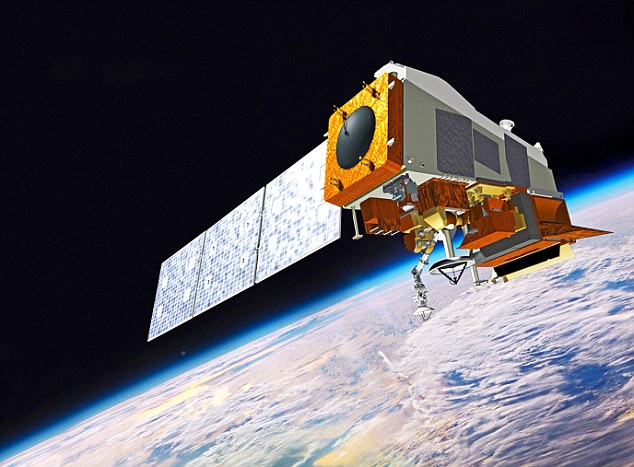
It seems Mars took the space equivalent of a shotgun blast to the face during the last decade while humans weren't looking. Between 2009 and 2016, an asteroid exploded in the atmosphere and rained burning debris all over the surface of the Red Planet.
The numerous craters created by the asteroid impact got photographed by the Mars Reconnaissance Orbiter in 2016. Years later, researchers at the University of Arizona (UA) released a report that confirmed the cosmic event.
Analysis of the impact craters revealed that the structural integrity of the space rock was already severely compromised by the time it reached the atmosphere of Mars. It never made it to the planet's surface intact.
An asteroid is mostly made up of rock or metal. The combination of sturdy materials and dense packing allows it to withstand the intense heat and stress of atmospheric entry so that it reaches the surface of the planet in a massive impact.
However, asteroids often bump into other cosmic objects during their long trip through the solar system. Every collision inflicts additional damage upon the asteroid, leading to the appearance of fissures on its surface.
When the fissures get heated and stressed by atmospheric entry, they break open. The rest of the asteroid falls apart in short order.
“It's essentially an explosion, the force of the sudden and furious release of energy when it splits,” explained researcher Phil Plait, who wrote about the event.
Mars possesses a much thinner atmosphere than Earth, but it can still break up small meteoroids and asteroids, especially if the impactor was made from flimsier stone rather than iron-nickel. (Related: If you want to be an astronaut, you may need a good sense of humor: NASA is looking for jokers to join Mars crew.)
A small asteroid blew apart over Mars between 2009 and 2016
Most asteroid impacts took place thousands or millions of years in the past. But the Martian incident happened just a few years ago.
The Mars Reconnaissance Orbiter arrived at its destination in 2006. It began taking photos of the planet's surface with its HiRISE camera and transmitted the data to Earth for analysis.
In 2009, the orbiter took snapshots of a Martian region called Noachis Terra. UA researchers found nothing remarkable about the area and filed the photographs for later use.
When the Mars Reconnaissance Orbiter overflew Noachis Terra in 2016, it took a new set of photographs. The probe dispatched the update to Earth, but it took researchers until 2018 to get to the new data.
The researchers recovered the 2009 images of Noachis Terra and compared them with the latest ones. To their surprise, the 2016 photos showed a network of impact craters that weren't there during 2009.
Mars' newest impact craters formed near an older, bigger one
The terrain of Noachis Terra sported 21 new impact craters. The largest crater spanned 21 feet (7 m) across while the entire pattern covered an area 1,000 feet (305 m) in diameter.
On Mars, most freshly made craters appear darker than the rest of the landscape. The impact digs out dark-colored basaltic material and scatters it over the lighter dust.
In contrast, the recent craters in Noachis Terra appeared much lighter than their backdrop. It so happened that the surface material of the region came from an older and more massive impact.
The earlier impact spewed basaltic stuff across the entire region, resulting in a darker-colored surface. When the debris from the new asteroid slammed into Noachis Terra, they punched through that layer and unearthed the original surface material.
“This is a not-so-gentle reminder that although we may think of Mars as not being a terribly active world, especially when compared to Earth, there's still stuff going on there,” Plait remarked.
Sources include:
Please contact us for more information.





















